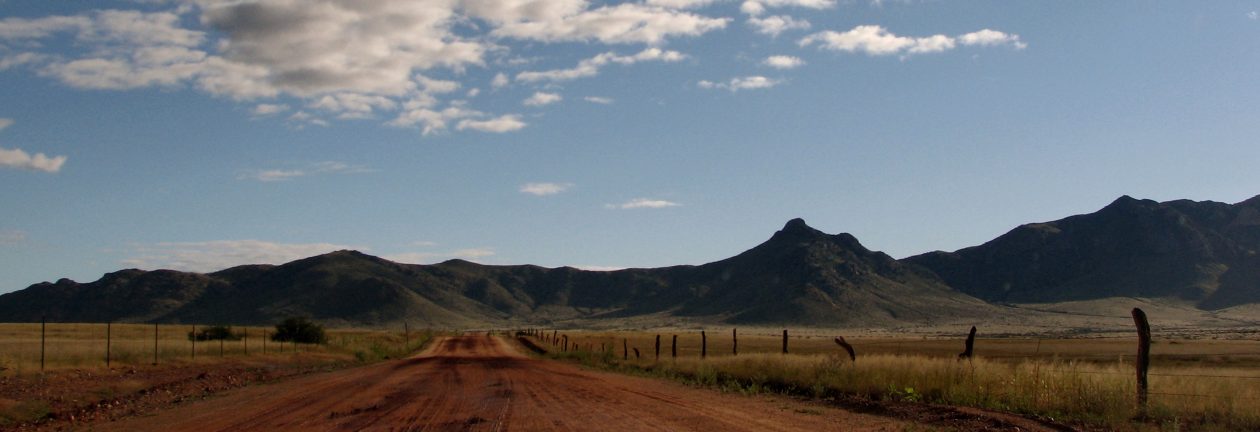Singapore, Singapore
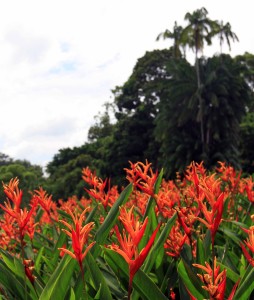
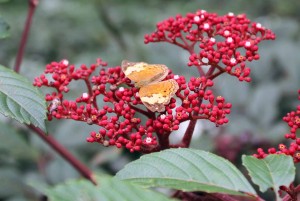
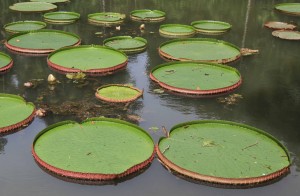
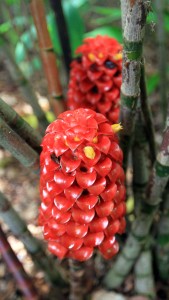
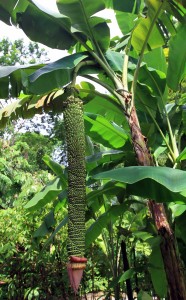
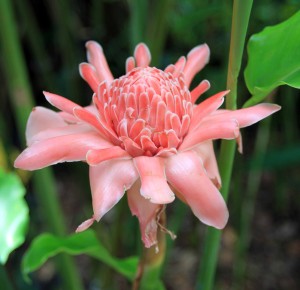
I slept in today, but finally got up and made my way to the Singapore Botanical Gardens. Apparently, the world’s top producers of rubber (Indonesia, Malaysia, and Thailand – all three account for seventy percent of the world’s natural rubber supply) owe their start in the industry to the Singapore Botanical Gardens, where the first rubber trees from Brazil were grown in the region in 1877 and which had distributed over seven million seeds for further plantings by 1917 – interesting stuff, that history is. I spent about two and a half hours walking around the gardens looking at all the different plant types there. My favorite gardens was the “Evolution Garden”, which took visitors through the 4.54 billion year chronology of Earth, as demonstrated by sections of the gardens featuring the dominant plant species (or closest related species since most of the historic species are long since extinct) through the various stages of Earth’s history. Other beautifully well done gardens were the “Ginger Garden” (which had a collection of many ginger plants), the “Marsh Garden” (featuring many wetland plants), and the Rainforest sections of the Botanical Gardens.
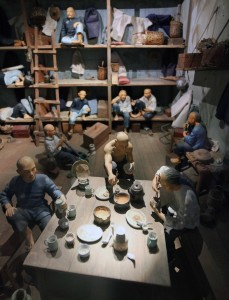
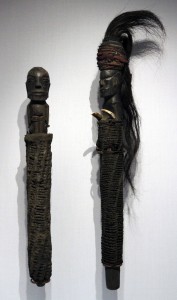
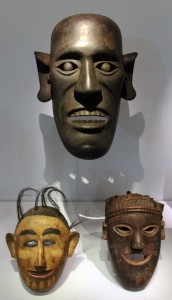
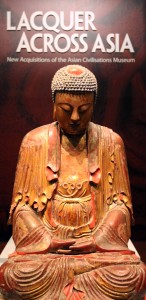
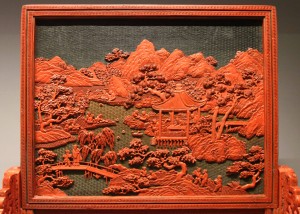
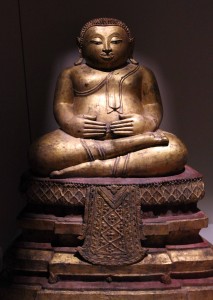
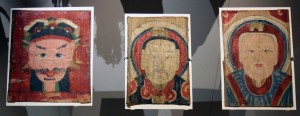
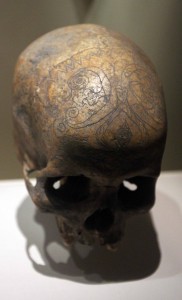
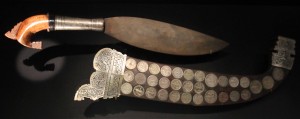
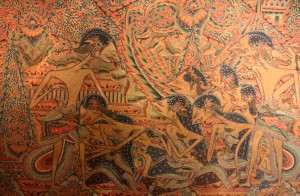
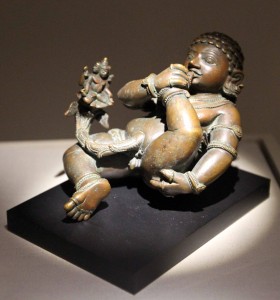
After seeing the gardens, I took the MRT to Raffles Place station and walked back to the Merlion to take my daily selfie (to chart my beard growth – when possible I try to take this selfie next to a famous spot). After that short visit, I walked to the Asian Civilizations Museum, but was told if I waited until 18:00, admission would then be free; so I walked along the Singapore River to find a place to eat. Since I didn’t want to spend too much money and I didn’t want to wait too long for my meal and check, I ended up eating at McDonalds again – cheap, quick, and tasty food cannot be beat while trying to travel on a budget. After 18:00, I went back to the Asian Civilizations Museum and looked at the wide variety of exhibits showcasing many artifacts from cultures found throughout Southeast Asia. There were many art pieces produced in Asia from Hinduism, Buddhism, Jainism, Confucianism, Islam, and Christianity on display, as well as many shamanistic relics produced by many of the indigenous people from Indonesia, Malaysia, and other countries in this area. I also enjoyed the exhibit on Singapore history, which was much more concise than the National Museum’s exhibit, but very well done with a lot of information on display.
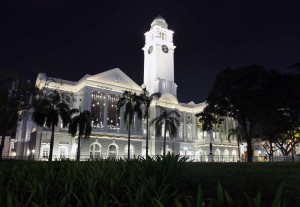
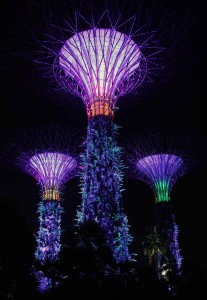
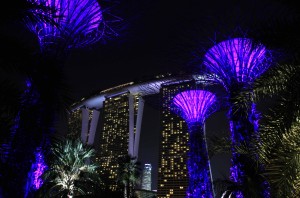
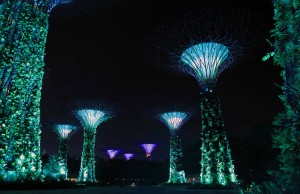
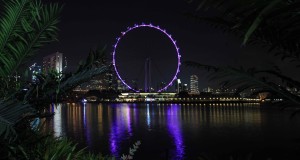
After spending almost two hours in the museum, I exited in to the night. I walked by the Victoria Theater, then the floating platform (where they were conducting sound and light tests in preparation for the upcoming National Day (August 9th) Parade), and then I walked to the “Gardens by the Bay”, which is located near the Marina Bay Sands Hotel and Casino. I took many nighttime photos of the “supertrees” (man-made structures with many epiphytes attached along the trunk and changing lights on display) located in the garden; the “supertrees”, with their colorful lights, were beautiful to look at in the night. After that late night stroll, I took the MRT back to my hotel and spent another late night calling the United States before going to sleep.
